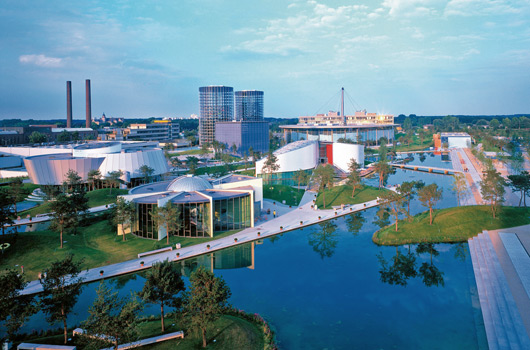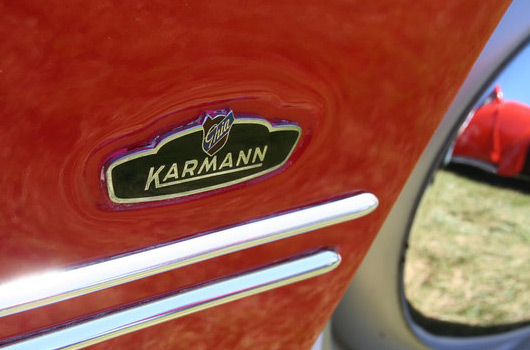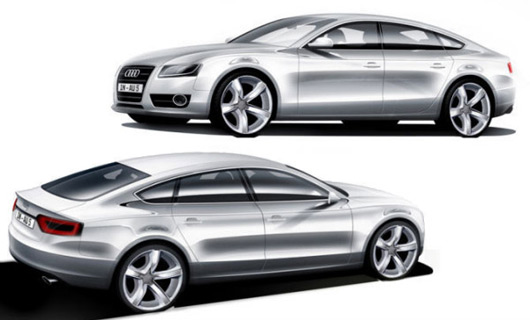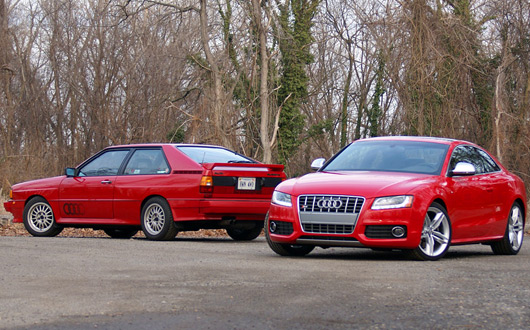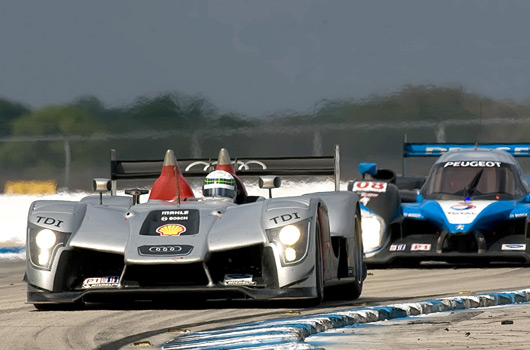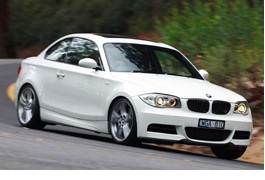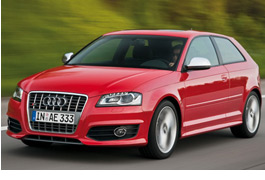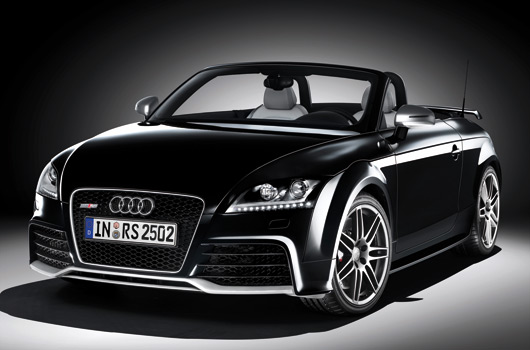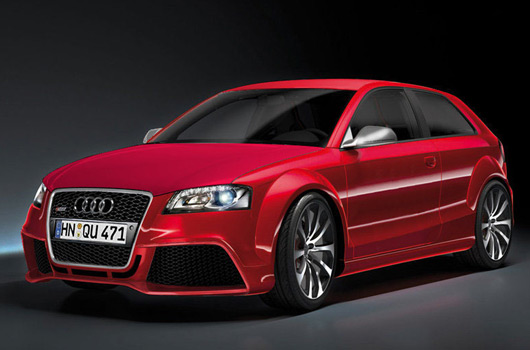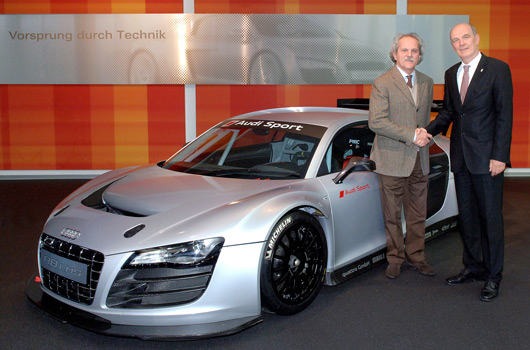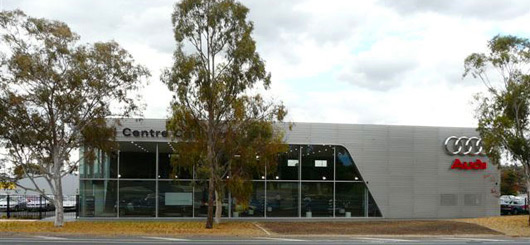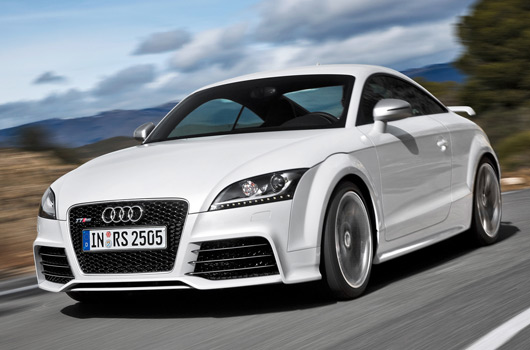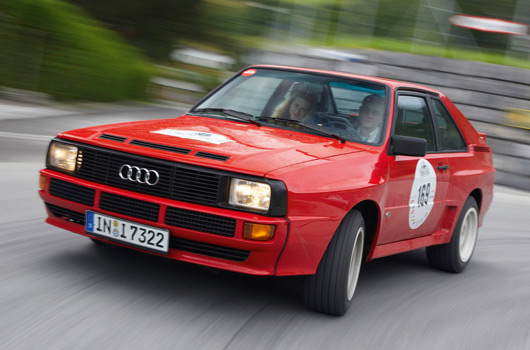
Few cars have captured the public imagination or established a niche for a manufacturer as well as the original Quattro did for Audi. Indeed, now, the term quattro (with lower case ‘q’) is applied to any Audi with an all-wheel drive system. This, though, is the car that started it all for the Ingolstadt outfit.
Interest in the Quattro has been revived of late with the reveal of the TT RS, which has a punchy five cylinder turbo, just like the original. Both cars had their first public reveal at the Geneva Motor Show—the Quattro in 1980, the TT RS in 2009.
The Quattro was built from 1980 until 1991 and had three engine variations during that time. All featured the famous inline five cylinder turbocharged configuration, starting with a 2144cc 10v (1980–87), before getting a minor tweak to 2226cc (1987-89), which also improved low down torque. The final revision (1989-91) took the engine to a 20-valve DOHC setup, while keeping capacity at 2226cc.
While the road car in itself was something of a revolution, it was on the world rally stage that the Quattro really shook things up. Audi’s new technical masterpiece was able to exploit Group B regulations to their maximum, with the benefits of all-wheel drive pioneered by Audi leaving its rivals eating dust.
Like the road cars, the rally going Quattro received a number of updates throughout its life. Starting with the comparatively tame looking A1, A2 and Sport Quattro evolutions which helped bring back-to-back World Rally Championship success to Audi in 1983 and 1984. The follow up to these cars was the wild aero kitted Sport Quattro S1. In 1986 at the peak of their development the car was believed to have a power figure as high as 441kW (approx 600bhp). This is still considered to be the most powerful WRC car of all time.
The Audi factory team pulled out of WRC part way through the 1986 season, but the car continued to gain notoriety through its efforts at the famous Pikes Peak International Hill Climb in Colorado. Audi won the event three times on end from 1985 to 1987. This included world record times to Michèle Mouton (1985) and Walter Röhrl (1987).
To reflect on the Quattro one has to look past its awkward proportions and boxy shape and simply admire the technical prowess the car possessed. The Quattro has left a lasting legacy for Audi and the World Rally Championship.
To help further appreciate this legacy there are a number of images, YouTube clips and a few press releases from the Audi archives to boot. You might also like to check out the Ur-Quattro’s Wikipedia page for further detail.
UPDATE 4 April: A brief article on the Quattro appears in Issue 7 of Road Magazine.
